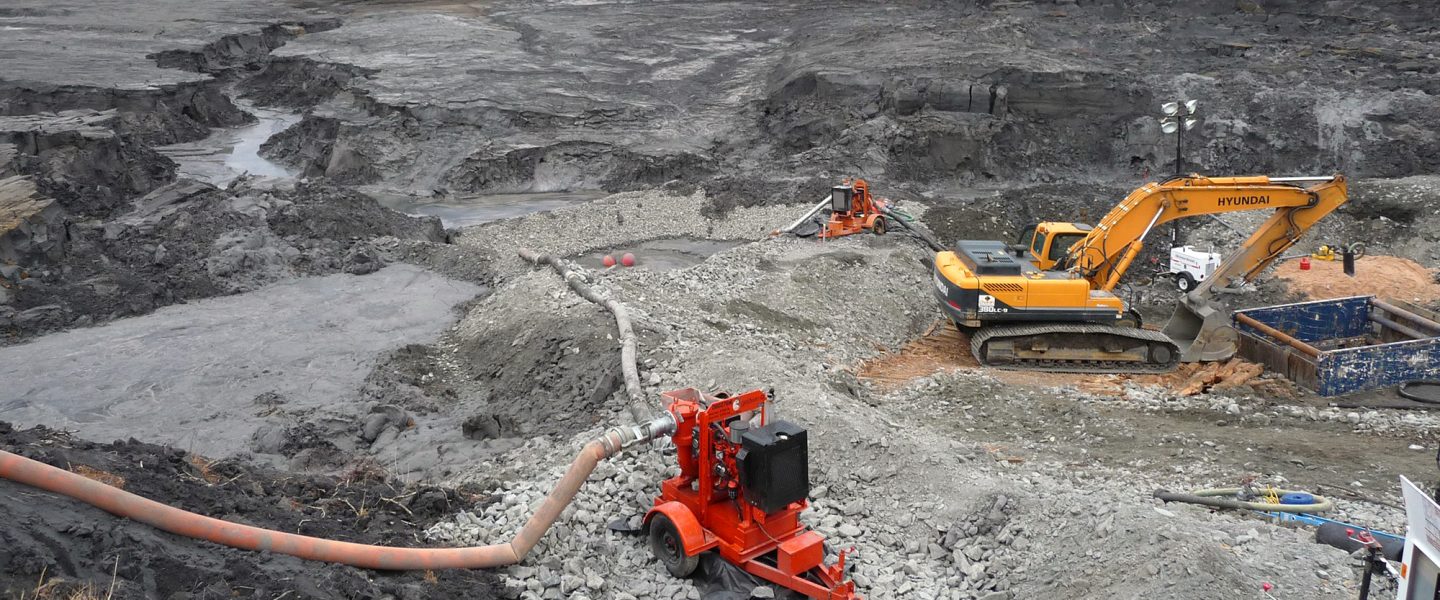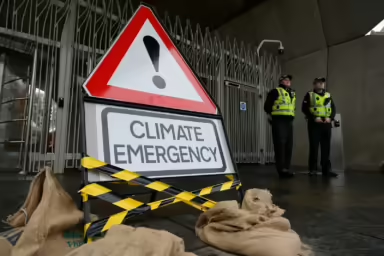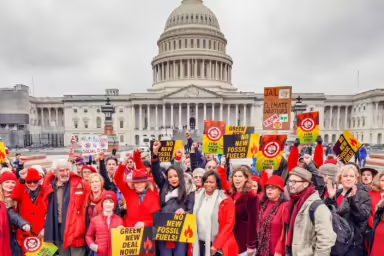Environmental groups lauded the proposal but stressed that it still could exempt pollution at close to 100 known sites.
|
Listen To This Story
|
Hundreds of previously unregulated coal ash landfills and ponds would finally be subject to federal rules and cleanup mandates under a proposed update published on May 17, 2023, by the U.S. Environmental Protection Agency.
Environmental groups lauded the proposal, an update to 2015 rules that had omitted so-called “legacy” coal ash dumped in landfills or ponds that were inactive when the rules took effect. They would now be covered by mandates for groundwater monitoring, closure, and cleanup.
Environmental attorneys and experts have argued that companies could often avoid responsibility even for pollution from regulated coal ash ponds since they could blame groundwater contamination on nearby ponds not covered by the rules.
“The EPA would end this practice by requiring site owners to monitor and clean up all coal ash at a given site, rather than trying to regulate each dump at a site individually,” says environmental groups’ press release. “This proposed site-wide approach will lead to more effective safeguards.”
However, the proposed rules still exempt dozens of coal ash ponds and landfills, as well as coal ash that was used as construction fill at hundreds of sites nationwide. If a coal ash pond did not contain liquid when the original rules took effect in 2015 or since, or if a coal ash landfill is at the site of a closed coal plant and there are no regulated ponds on the same site, then the new rules won’t apply.
“It looks pretty obvious what EPA is doing is a first step and a significant step, but what we don’t know is what are the holes in this universe, how many legacy ponds and unregulated landfills are not covered” by the new rules, said Earthjustice senior counsel Lisa Evans.
Earthjustice has identified 566 landfills and ponds at 242 coal plants in 40 states that were unregulated by the 2015 rules. It estimates that close to 100 landfills could still be exempt from the new rules. At a minimum, Earthjustice predicts 39 landfills at 29 sites would be exempt.
Groundwater monitoring data has shown contamination resulting from three-quarters of coal ash landfills nationwide. If inactive landfills at closed coal plants are exempt from the new rules, Evans said, regulators are allowing companies to “walk away scot-free from the site.”
“Since we know it is much more likely than not that that landfill is contaminating groundwater, there should be safeguards in place,” she said.
The EPA was ordered to draft the new rules by a federal consent decree resulting from a lawsuit filed by environmental groups and naming sites in Michigan City, Indiana; Waukegan, Illinois; and Bull Run, Tennessee. The proposed rules note the Waukegan plant, which closed last summer, and the R.M. Schahfer plant in Indiana as examples of sites where coal ash would be covered by the rule updates.
“We haven’t had the chance to fully review the proposed new rules,” said Dave Schrader, spokesperson for NRG, owner of the Waukegan plant. “Once we do and once they are finalized within the regulatory process, we will work to implement them.”
Dulce Ortiz, an environmental justice activist in Waukegan and co-chair of Clean Power Lake County, said in a statement: “We are hopeful this rule will hold these industries accountable and send a message that community members and taxpayers will no longer be responsible to clean up their mess.”
In 2018, a federal appeals court had ordered the EPA to add legacy coal ash to the rules, but environmental groups represented by Earthjustice filed their lawsuit last year since no such action had been taken.
As the Energy News Network documented in a 2022 investigation, coal ash contaminates groundwater at the vast majority of regulated and unregulated sites nationwide, but until last year companies faced virtually no consequences even when the data they reported themselves showed groundwater contamination and rule violations.
In early 2022, the EPA began enforcing the rules, denying companies’ requests for extensions on closing coal ash ponds, and taking other measures.
“I have no confidence that the utilities will comply on their own,” Evans said. “I do think this rule will need a lot of oversight enforcement, as does the 2015 rule. Utilities are going to write the reports, investigate their own sites, install new groundwater monitoring systems. It’s likely we’re going to find some of the same problems we did with the 2015 rule, where utilities try their hardest to avoid any expensive remediation.”
Meanwhile, coal ash used as fill for roadways and berms could pose an even greater risk to many communities, as well as to water bodies like Lake Michigan — where it was used to build up lakeside land. Experts did not expect the recent rule updates to cover such scattered ash, but they say it must be addressed, with historic ash identified and removed, and more regulations on the continued so-called beneficial reuse of coal ash.
Such ash has caused dangerous contamination, including in Town of Pines, Indiana, where the EPA eventually ordered utility NIPSCO to do a multimillion-dollar Superfund cleanup. Communities from Illinois to Puerto Rico are worried about how scattered historic ash could be impacting their soil and drinking water wells.
“The concerning thing about fill is that it’s often very close to residential areas, as opposed to a landfill or coal ash pond that may have been built away from homes,” Evans said. “Looking to the future, EPA should simply prohibit the use of coal ash as construction fill. And there needs to be a mechanism for investigating existing fill sites.”
The proposed rules are now open for a 60-day public comment period, with a national public hearing scheduled in Chicago on June 28 and an online hearing on July 12. Under the consent decree, the rules must be finalized by May 2024.
This story by Kari Lydersen was originally published by Energy News Network and is part of Covering Climate Now, a global journalism collaboration strengthening coverage of the climate story.






